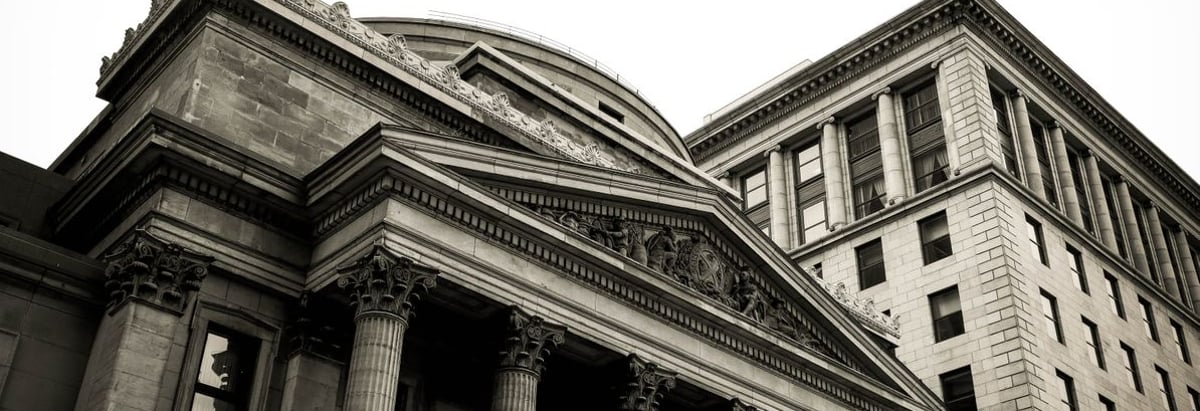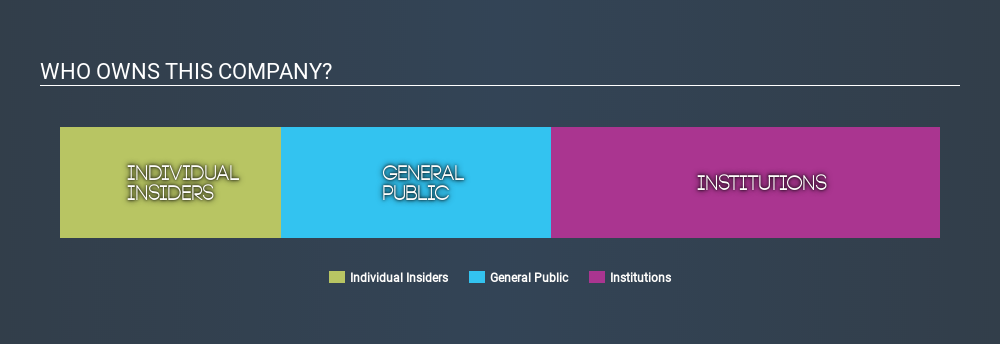- United States
- /
- Banks
- /
- NYSE:LOB
Could The Live Oak Bancshares, Inc. (NASDAQ:LOB) Ownership Structure Tell Us Something Useful?

If you want to know who really controls Live Oak Bancshares, Inc. (NASDAQ:LOB), then you'll have to look at the makeup of its share registry. Institutions often own shares in more established companies, while it's not unusual to see insiders own a fair bit of smaller companies. Warren Buffett said that he likes "a business with enduring competitive advantages that is run by able and owner-oriented people." So it's nice to see some insider ownership, because it may suggest that management is owner-oriented.
Live Oak Bancshares is not a large company by global standards. It has a market capitalization of US$566m, which means it wouldn't have the attention of many institutional investors. In the chart below, we can see that institutional investors have bought into the company. Let's take a closer look to see what the different types of shareholder can tell us about Live Oak Bancshares.
See our latest analysis for Live Oak Bancshares

What Does The Institutional Ownership Tell Us About Live Oak Bancshares?
Institutional investors commonly compare their own returns to the returns of a commonly followed index. So they generally do consider buying larger companies that are included in the relevant benchmark index.
Live Oak Bancshares already has institutions on the share registry. Indeed, they own 44% of the company. This can indicate that the company has a certain degree of credibility in the investment community. However, it is best to be wary of relying on the supposed validation that comes with institutional investors. They too, get it wrong sometimes. When multiple institutions own a stock, there's always a risk that they are in a 'crowded trade'. When such a trade goes wrong, multiple parties may compete to sell stock fast. This risk is higher in a company without a history of growth. You can see Live Oak Bancshares's historic earnings and revenue, below, but keep in mind there's always more to the story.

Live Oak Bancshares is not owned by hedge funds. The company's CEO James Mahan is the largest shareholder with 15% of shares outstanding. The second largest shareholder with 13%, is T. Rowe Price Group, Inc., followed by BlackRock, Inc., with an ownership of 4.7%.
We also observed that the top 10 shareholders account for 50% of the register, with a few smaller shareholders to balance the interests of the larger ones to a certain extent.
While it makes sense to study institutional ownership data for a company, it also makes sense to study analyst sentiments to know which way the wind is blowing. While there is some analyst coverage, the company is probably not widely covered. So it could gain more attention, down the track.
Insider Ownership Of Live Oak Bancshares
The definition of company insiders can be subjective, and does vary between jurisdictions. Our data reflects individual insiders, capturing board members at the very least. Management ultimately answers to the board. However, it is not uncommon for managers to be executive board members, especially if they are a founder or the CEO.
Insider ownership is positive when it signals leadership are thinking like the true owners of the company. However, high insider ownership can also give immense power to a small group within the company. This can be negative in some circumstances.
Our information suggests that insiders maintain a significant holding in Live Oak Bancshares, Inc.. Insiders own US$143m worth of shares in the US$566m company. This may suggest that the founders still own a lot of shares. You can click here to see if they have been buying or selling.
General Public Ownership
With a 31% ownership, the general public have some degree of sway over LOB. While this size of ownership may not be enough to sway a policy decision in their favour, they can still make a collective impact on company policies.
Next Steps:
While it is well worth considering the different groups that own a company, there are other factors that are even more important. Be aware that Live Oak Bancshares is showing 3 warning signs in our investment analysis , and 1 of those can't be ignored...
But ultimately it is the future, not the past, that will determine how well the owners of this business will do. Therefore we think it advisable to take a look at this free report showing whether analysts are predicting a brighter future.
NB: Figures in this article are calculated using data from the last twelve months, which refer to the 12-month period ending on the last date of the month the financial statement is dated. This may not be consistent with full year annual report figures.
Love or hate this article? Concerned about the content? Get in touch with us directly. Alternatively, email editorial-team@simplywallst.com.
This article by Simply Wall St is general in nature. It does not constitute a recommendation to buy or sell any stock, and does not take account of your objectives, or your financial situation. We aim to bring you long-term focused analysis driven by fundamental data. Note that our analysis may not factor in the latest price-sensitive company announcements or qualitative material. Simply Wall St has no position in any stocks mentioned. Thank you for reading.
About NYSE:LOB
Live Oak Bancshares
Operates as the bank holding company for Live Oak Banking Company that provides various banking products and services in the United States.
High growth potential and good value.
Market Insights
Community Narratives



